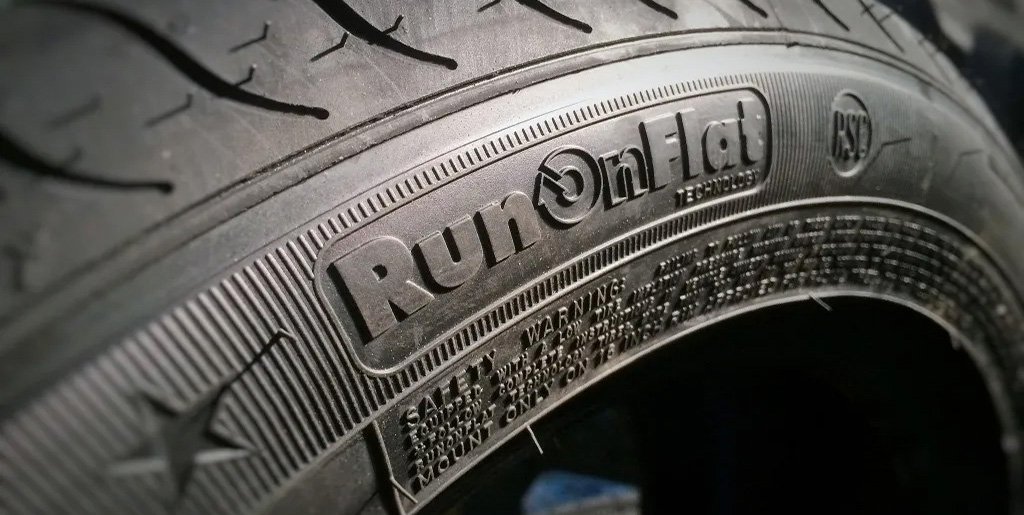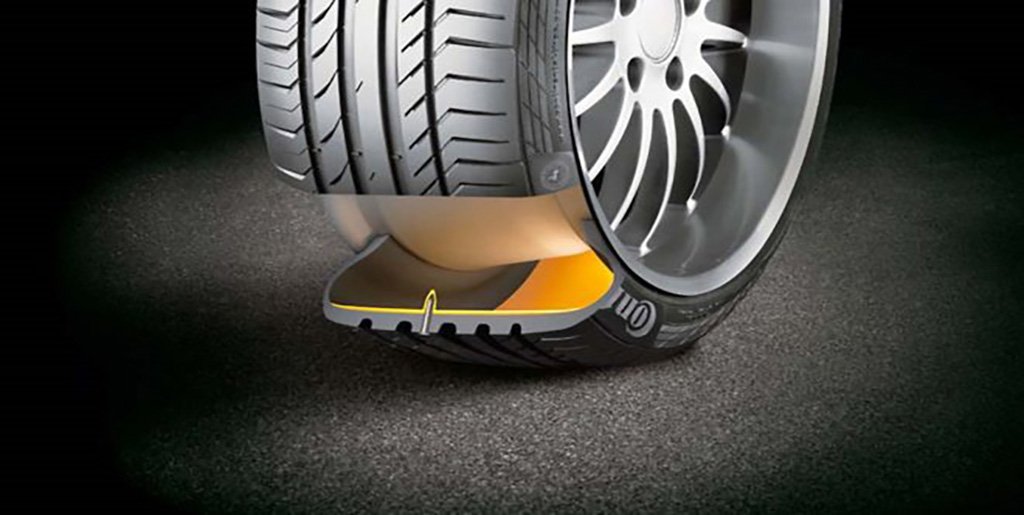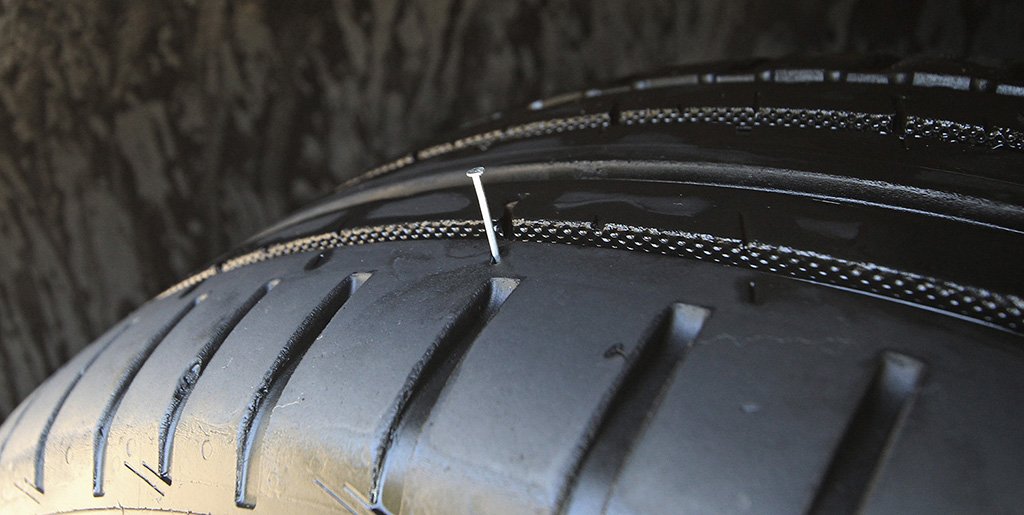Run Flat Tyres – What Are They?

So, picture the scene… you’re cruising down the motorway and suddenly the balance of your car doesn’t feel quite right. And then you hear that ‘thump-thump-thump’ which indicates a dreaded puncture! With standard tyres fitted to your car, that usually means swiftly pulling over into the hard shoulder and either calling roadside assistance, or attempting a risky wheel change at the side of the busy motorway. However, with run-flat tyres, you can keep going on your journey for at least long enough to reach a garage, tyre fitting centre or a place of safety. So, how do they work? Let’s break it down:-
The Concept Behind Run-Flat Tyres
Run-flat tyres (often abbreviated to RFT’s) are designed to keep running, even after suffering a loss of tyre pressure. Instead of collapsing instantly, they maintain their structure so that you can keep driving safely, often up to a distance of 100 miles, at speeds of around 50 mph.
This gives you adequate time to leave the motorway or busy road and head for a local tyre fitting centre without panicking about being stranded or having to change the tyre at the roadside.
The Design & Construction That Makes It Possible
The effectiveness of a run-flat tyre relies on clever design and construction. Here’s what sets them apart from regular tyres:
Reinforced SidewallsThe tyre sidewalls are made using extra layers of durable rubber in a ‘laminated’ construction format. Under normal circumstances, the air pressure in the tyre is entirely responsible for supporting the car’s weight, but with a run-flat tyre, the sidewalls offer additional support and step to take over when there is a loss of pressure.
Heat-Resistant CompoundsDriving on a flat tyre generates a lot of heat. Run-flat tyres use special rubber compounds that can withstand the added stress and additional heat for an extended period of time without failing completely.
Stronger Bead DesignThe “bead” is the part of the tyre that grips the entire circumference of the vehicle’s wheel. On a run-flat tyre, the bead is further reinforced to prevent the tyre from detaching from the rim when deflated — a key factor in preventing sudden loss of control.

Different Types of Run-Flat Technology
Not all run-flats are made the same. There are two specific designs:
Self-Supporting Tyres (SST)The most common type, relying on stiffened sidewalls. You’ll find these fitted as standard on many makes and models including BMW, MINI and Mercedes-Benz as well as several sports, performance and prestige manufacturer’s vehicles.
Support Ring SystemsLess common, these tyres incorporate a solid supporting ‘ring’ inside the wheel to support the tyre if it deflates. These are often found on specialist or high-security vehicles.
The Pro’s of Run-Flat Tyres
Peace of Mind: A puncture doesn’t have to mean instant roadside drama.
Safety: Reduces the risk of dangerous blowouts, particularly when travelling at speed.
Boot Space: Cars with run-flat tyres usually don’t need to carry a spare wheel, freeing up room for luggage.
The Con’s Of Run-Flat Tyres
Of course, nothing’s perfect. Run-flats do come with a few compromises:
Ride Comfort: The stiff sidewalls can make the ride feel firmer and harsher, particularly over rough terrain.
Cost: They are pricier than regular tyres.
Repairability: Many can’t be repaired after a puncture and need to be replaced.
TPMS Dependency: Because they hold their shape even when flat, you need a Tyre Pressure Monitoring System (TPMS) to alert you when pressure drops. TPMS systems are integrated into the vehicle’s technical features when run-flats are fitted as an OEM item but will require a retro-fit system for aftermarket tyres.

So Should You Choose Run-Flat Tyres For Your Car?
Run-flat tyres are ideal if you value safety, convenience, and don’t want to worry about having to change a tyre on the hard shoulder of the M6! They’re especially useful in urban and suburban areas where a tyre fitting centre is never too far away.
However, if you prioritise ride comfort, long-distance driving, or want to keep costs down, traditional tyres (with a spare wheel or tyre repair kit) might be a better option for you.
Conclusion
Run-flat tyres will buy you time and improve safety when you get a puncture on your journey — but they do come with a handful of trade-off’s. If you own a car that has been specifically designed for run-flats, it would be the smartest choice to stick with them. However, if you’re thinking of upgrading or retro-fitting, you need to consider the pricing and comfort implications.
If you would like to receive regular updates and further motoring hints and tips, please JOIN OUR MAILING LIST. Don’t worry, we promise not to bombard you with junk mail!
